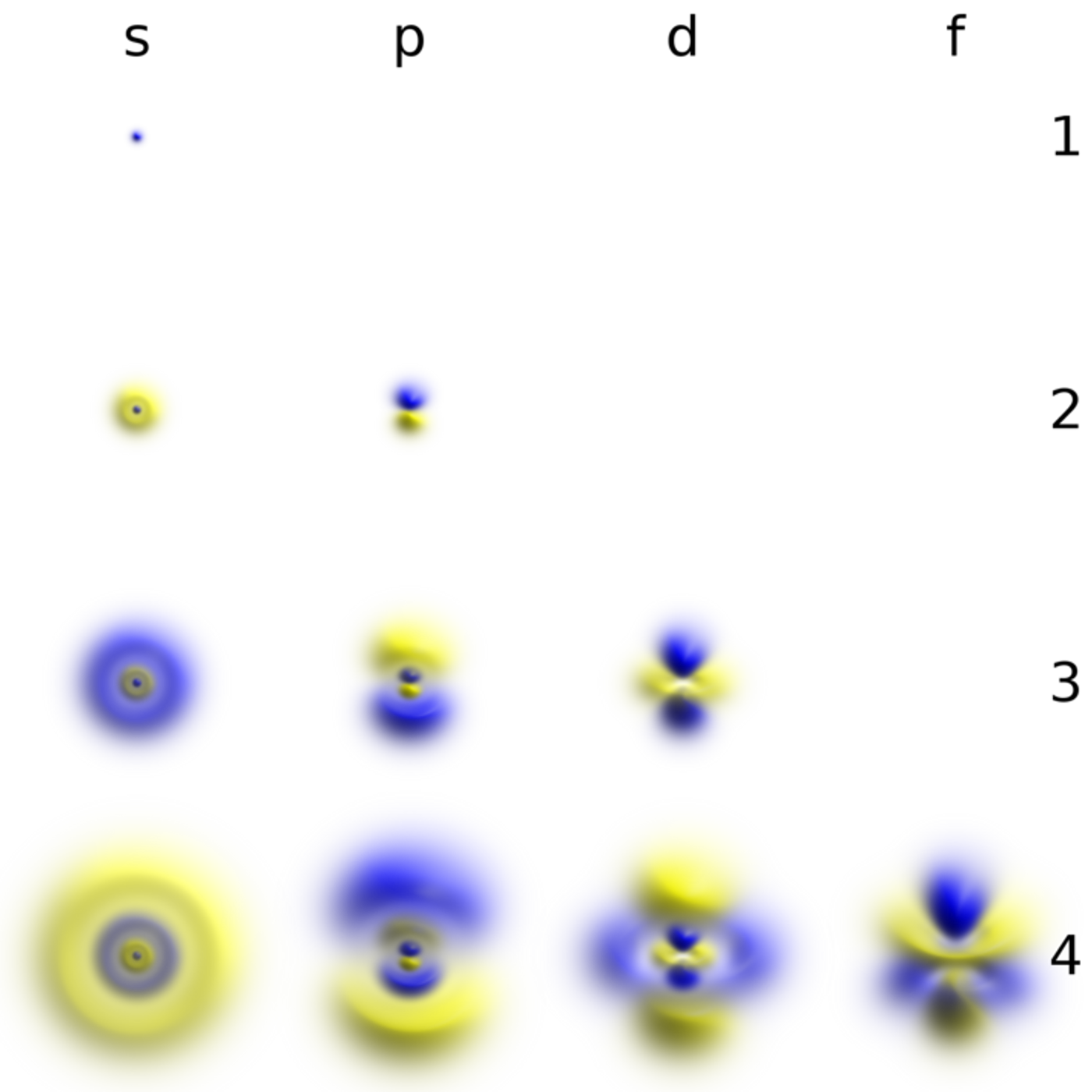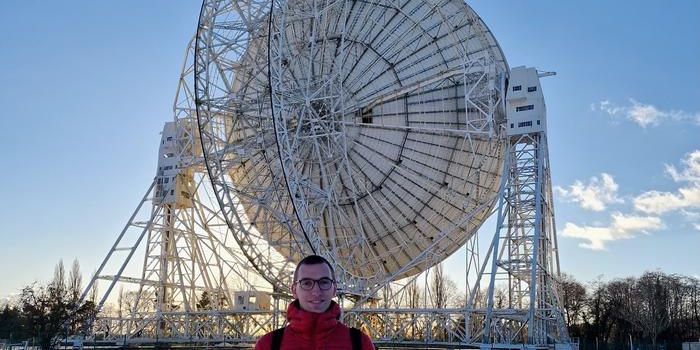The Radius of Proton Measured with Unprecedented Precision
For almost a decade, physicists have been baffled by the so-called proton radium puzzle: using different methods of measurement, they obtained two numbers that are slightly yet significantly different.
A study that aims to investigate the puzzling topic was recently reported in the journal Science. A group of scientists at the York University and the University of Toronto conducted their own measurement using the so-called frequency-offset separated oscillatory fields (FOSOF) technique. This latest research recorded the size of a proton at 0.833 ± 0.010 femtometers.
Other than directly lining up a proton against an atom-scale ruler (which otherwise would be effortless and fool-proof), the Canadian team set up an elaborate system to painstakingly measure a surrogate parameter for proton radius. Named after Nobel laureate and physicist Willis Lamb, the Lamb shift represents the difference in energy between two energy levels of a hydrogen atom: 2S and 2P.
The interrogation of the Lamb shift laid the foundation for the quantum electrodynamics (QED) theory, which set out to describe the interaction between light and matter. The electromagnetic force between the electron and the proton within a hydrogen atom dictates that the former dwell in a set of distinct orbits, (each called a quantum state) each at different energy level instead of on a continuous scale.
Using either spectroscopy or nuclear scattering, scientists had previously determined the value of hydrogen Lamb shift to be about 0.87 femtometers. However, in a research paper published in 2010 an international team of physicists shrank that number by 4%, with their measurement conducted on muonic hydrogen (a proton orbited by a negative muon instead of an electron).
LabRoots spoke with Dr. Eric Hessels the senior author of the report about this latest study. Hessels, a distinguished scientist and professor of the Department of Physics and Astronomy at York University, led a team that focuses on the high-precision measurements of atomic properties using various laser-based methodologies. Their research aims to test various predictions of QED as well as the Standard Model of physics.
"The 2010 study used muonic hydrogen for measuring proton charge radius. However, muon can penetrate inside the proton, thereby affecting the precise measurement of Lamb shift. Our study uses normal hydrogen atoms. It has an electron, which is much lighter than a muon," Hessels commented on the rationale behind their study.
Within a normal hydrogen atom, the electron can wander into the inside of the proton. Hence scientists would need to consider its influence on the radius of the proton and the Lamb shift. But since an electron is so small, only about 0.01% increase of the shift is expected.
Electron's heavy-weight cousin muon shares the same electric charge of −1 and a quantum spin of 1/2, but two hundred times more massive. With it inside a proton, scientists would expect that it creates a much bigger influence on the Lamb shift.
Nonetheless, the use of muonic hydrogen in the 2010 study has its own advantage: the larger mass of the muon draws the proton closer toward itself, resulting in a more compact bound state of the hydrogen atom. Therefore, muonic hydrogen atoms are easier to spot and test as compared to normal, electron-based hydrogens.
"Our setup allows much more precise measurement of proton radius. However, the muon is a rare and unstable particle to work with. Using muonic hydrogen for the measurement of proton radium also required significant efforts," said Hessels.
The resulted proton radius is in agreement with the lower end of the measurement published in the 2010 study, but smaller than those measured using older methods.
"After eight years of working on this experiment, we are pleased to record such a high-precision measurement that helps to solve the elusive proton-radius puzzle," said Hessels in an earlier press release.
Interested in knowing more about quantum electrodynamics and the radius of a proton ? Check out this video from Sixty Symbols.
The Shrinking Proton (Sixty Symbols)
Source: Science Daily
[This article contains LabRoots original content]










